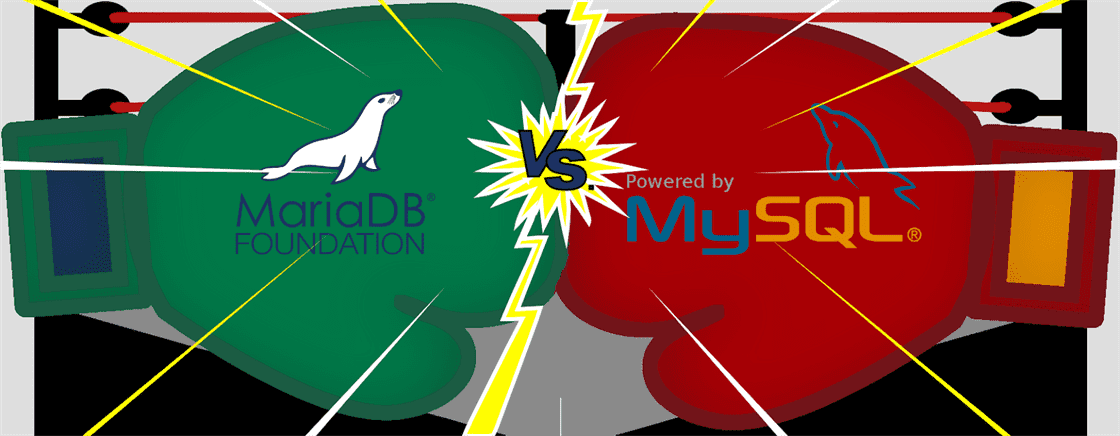Author: Jason Potter
A veteran of the IT Support field, I have more than a decade of experience in systems administration, web hosting, and cPanel servers. I enjoy writing and providing complicated technical concepts in layman terms. On my free time, I enjoy playing several types video games, automation scripting and just living life with my wife and two kids.
The Best Settings for Configuring FastCGI
In our last tutorial, we showed you how to install Apache’s mod_fcgid and provided Linux scripts to assist in transitioning from mod_php. In this next section, we’ll be discussing how to configure a baseline setting for PHP optimization.
How to Install Mod Fcgid on cPanel’s EasyApache 4 with CloudLinux
When it comes to PHP execution, mod_fcgid (also called FCGI) is one of the heavyweight contenders. There are a few rival handlers, like PHP-FPM or mod_lsapi, which come close to matching its execution speed, but they generally leave something to be desired when it comes to fine-tuning and resource consumption. FCGI is built for speed and includes a myriad of Apache directives that can be leveraged for resource regulation.
Load Balancing Techniques and Optimizations
The hosting world’s bread & butter solution for providing high availability and redundancy is load balancing. There are many different use cases for a Load Balancer (LB). It is important to know how to effectively manage your LB configuration so that it performs optimally in your environment. The proceeding article will review some of the common practices that, when adhered to, provide a smooth and seamless high availability website/application through the use of load balancing.
Install and Configure ModSecurity on Ubuntu 16.04 Server
Mod_security, also commonly called Modsec for short, is a powerful WAF (Web Application Firewall) that integrates directly into Apache’s module system. This direct integration allows the security module to intercept traffic at the earliest stages of a request. Early detection is crucial for blocking malicious requests before they are passed along to web applications hosted by Apache websites. This provides and extra layer of protection against common threats a server faces. This article will explore the installation of mod_security along with the CRS (Core Rule Set) in an Ubuntu 16.04 LTS Server running Apache 2.4.
This article outlines the procedure for replacing the native MySQL®️ or MariaDB®️ service that is preinstalled on any typical Plesk Onyx 11 CentOS 7 server. The procedure outlines removal of the existing MySQL related binaries and replaces them with an adequate version of the Percona binaries. Once these Percona binaries are in place, a typical multistage MySQL Incremental version upgrade is processed to bring the existing databases and Percona binaries to the desired Percona 5.7 version.
MySQL Performance: MyISAM
MyISAM is a table-locking based engine. Table-locking prevents all other processes from writing data to the target table. This locking behavior encompasses the entire MyISAM table, no matter how minor the data change. This type of locking preserves the integrity of the data but at the cost of performance. The performance penalty for using table-locking based engines like MyISAM become more laborious as the row count in the table grows. Very large tables will see a significant delay in performance when data needs to be written to a MyISAM table.
MySQL Performance: InnoDB Buffers & Directives
As discussed earlier in our MySQL Performance series, the InnoDB storage engine is designed to be a high-performance database for very large datasets. The row-locking technique it uses allows for many read and write requests to occur on a single table concurrently. This is a vast improvement in speed over traditional table-locking of the MyISAM engine. This part of our MySQL Performance series will focus on configuring InnoDB tables for maximum concurrency with minimal disk input/output (I/O).
MySQL Performance: System Config & Routine Maintenance
The majority of work needed when adjusting the MySQL server is editing the applicable directives within a MySQL configuration file. There are multiple, optional configuration files that MySQL looks for when starting up. They are read in the following order:
MySQL Performance: Converting MySQL to MariaDB
As we explored in our previous article of our MySQL Performance Series: MySQL vs. MariaDB there are very few downsides to using MariaDB over standard MySQL. Our high-availability MariaDB's have proven itself to be a worthy successor with easily mitigated drawbacks. As the last article in our series we will focus on upgrading to various MySQL and MariaDB version on the following servers:
MySQL Performance: MySQL vs. MariaDB

We continue our series on MySQL Optimization by focusing on the differences and similarities between MariaDB and MySQL. MariaDB is a popular alternative to using traditional MySQL for database hosting. The free market of hosting allows additional actors to compete with the long-standing database solution, MySQL. MariaDB is the most prominent alternative to MySQL and is a favorite among industry giants such as Google, Craigslist, Wikipedia, Arch Linux, RedHat, CentOS, Fedora, and cPanel. In a direct performance comparison, MariaDB leaps to the head of the pack through performance optimizations, easy of conversion and compatibility.
Our Sales and Support teams are available 24 hours by phone or e-mail to assist.

